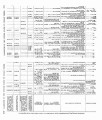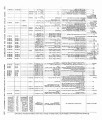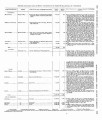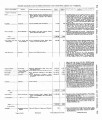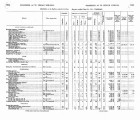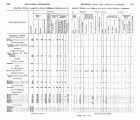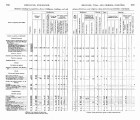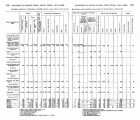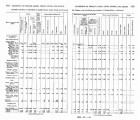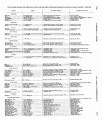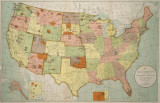| OCR Text |
Show 112 EEPORT OF THE COMMISSIONEE OF INDIAN AFFAIRS. rect way to control the expenditure of a fund placed solely under the direction of the Secretary of the Interior, and placed under his control for the express purpose of having it applied to the legitimate purposes of education, and eliminating that control which has heretofore been represented as inimical to the best interests of the rising generation of the nation. To accede to their desires would be a perpetuation of the folly of years, and would rob the children of the benefit of funds held sacred for their use. The enrollment, average attendance, etc., of the schools in the Chickasaw Nation are given in the following table: TABLE28 .-Enrollment, average attendance, etc., ojsc~wlain Chickasaw Natim, Ind. T. School. - -- -- .................. I Cbiek&8&wOrph?nH ome 59 41 10 1 wa: nuek&Inatltute (male) .............. 79 10 colPlans ~nstitute( remale, .................. 38 38 10 6,EW 173 8 ~ a r l e yin stitute (male2 ................... M 75 10 1 3 , m 176 12 BloomfieldS eminary ( emale).. ........... -92 -8-6 1-0 1-5,180 -116 12 Total 348 306 ........ 56 480 184 49 seventeen nebhborhood schools .......... -489 -386- 1-0 %-:I15 -93 11 Total ................................. 831 692 ........ 92,595 .......... 66 Cherokee Bation.-Over the schools of this nation the Department exercises only a supervisory direction, the direct control being vested in a board of education, the members of which are elected by the national council, the council reserving the authority to determine the number of schools and make appropriations for their support, fixing all salaries of teachers. The board of education conducts examinations for employees and teachers and issues reqniciitions upon the principal chief for warrants in favor of the teachers and other parties to whom payments are due. This board appoints three school directors in each neighborhood, who are to provide suitable buildings: furnishings, etc. Teachers are required to report at the close of each session the enroll-ment, average attendance, and other statistical information as to the schools, which reports are used as bases of requisitions upon which warrants for their salaries are made. There are 124 ungraded schools, 28 of which are denominated full-blood, and 15 freedmen, the latter separate from the others. Themale seminary and female seminary at Tallequah, the colored high school near Tallequah, and an orphan asylum near Pryor Creek are the four boarding institutions of the nation. The Cherokees are considered the most enlightened and progressive of the Five Civilized Tribes, and for fifty years have maintained schools, their seminaries being founded in 1846 and opened in 1850. They are magnxcent buildings of the old classic style of school architecture. |








































































































































































































































































